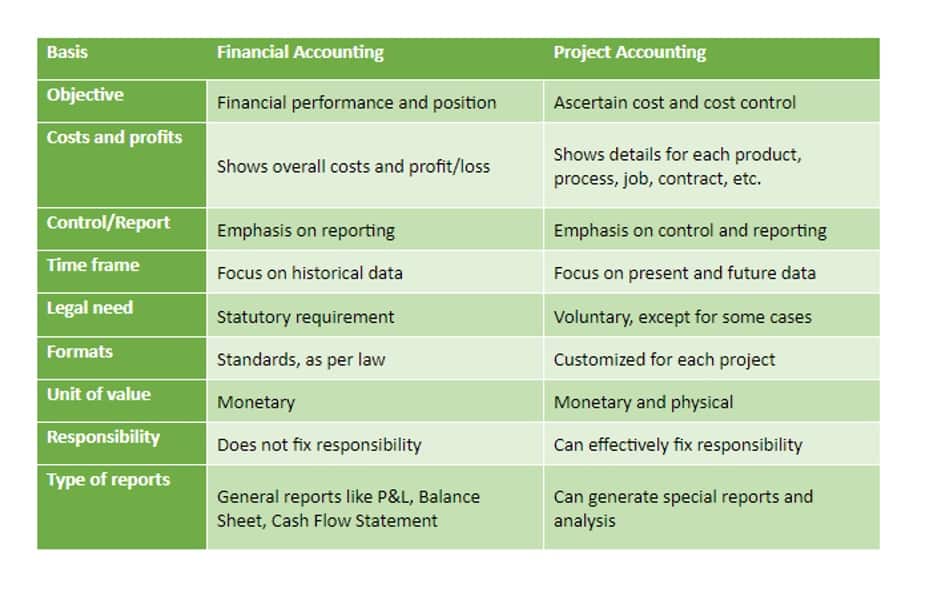5 Best Account Reconciliation Software Solutions of 2024
Using the best account reconciliation software enhances accuracy, efficiency, and reliability in your financial operations. Many account reconciliation software provides unified templates to highlight this what are operating expenses definition and examples reconciliation data and provide a layer of automation to grab financial data from your banks, general ledger, and other accounts. Users can upload supporting documents, leave comments, view company policies and procedures, and electronically view and sign off on bank reconciliations. Rules-based certification tools can help management monitor the process and create dashboard reconciliation reports that illustrate your company’s cash flow.
HighRadius ensures your financial processes are efficient and reliable, giving you the edge you need. Reconcify is a smart tool that uses AI and RPA to automate difficult and large-scale reconciliations. It has a strong rule engine that lets you set up complex rules and a fast computation engine that handles advanced calculations quickly. With features like API integrations and OCR, it fully automates the reconciliation process from start to finish. AutoRek is a cloud-based automation platform that works with your existing systems and allows for complex, custom matching rules. The platform scales with growing companies and offers detailed exception management.
By leveraging AI, it not only detects anomalies but also suggests corrective actions, ensuring data accuracy and integrity. HighRadius anomaly management automates 50the process of monitoring transactions by 50%. The software self-learns from the past data to increase the accuracy of detecting anomalies and resolve 70% of the anomalies while reducing false positives by 30%.. This enables businesses to maintain high standards of financial accuracy and compliance, further enhancing their decision-making capabilities. ART is an automated solution designed for account reconciliation and variance analysis.
Account reconciliation software helps to ensure data accuracy and the reliability of reports by providing a comprehensive overview of all transactions. This can help businesses identify any discrepancies in their accounts and resolve them quickly. By eliminating manual processes account reconciliation software allows finance and FP&A teams to drill down on tasks, focus on open entries, and develop strategic initiatives. Blackline is one of the most recognized names in bank reconciliation as it enables the process of matching transactions across multiple sources. These sources usually include bank statements and accounting software used by the organization. The software usually flags discrepancies or errors during the reconciliation process.
Advanced encryption methods are used to protect sensitive financial data from unauthorized access. Automated systems often include backup and recovery features, ensuring your data is safe and retrievable in case of any issues. Account reconciliation software quickly identified discrepancies between the general ledger and secondary documentation, allowing prompt resolution to prevent errors from impacting other financial processes. Our solutions deliver return on investment through increased operational efficiencies and risk mitigation. Use our ROI calculator to build the business case for automating your reconciliations and close processes today.
FloQast
These reconciliation tools also support complex group structures with automated multi-entity elimination, intercompany review, and reporting. New capabilities include AI/ML-driven automated journal entries for unreconciled balances, enhancing assurance. The best reconciliation software now emphasizes streamlined decision-making, operational excellence, and financial risk mitigation. For a thorough account reconciliation software comparison, it’s essential to evaluate features that align with your business needs. Features include data integration, compliance with GAAP and IFRS, automation of financial close processes, collaboration tools, and custom reporting capabilities.
Sign up for latest finance stories
With fewer hours spent on manual reconciliation, your team can focus on higher-value tasks like financial analysis and strategy. Account reconciliation software is designed to automate, streamline, and enhance the accuracy of the account reconciliation process in financial accounting. Bring accuracy, control and visibility to your account reconciliation and close processes.
FloQast Integrates With the Systems You Love
- AI-assisted intelligent matching automates the reconciliation process for various use cases, such as bank reconciliations, intercompany accounts, subledger reconciliations, and others.
- Standardize your financial close process with various reconciliation templates that can help substantiate your balance sheet accounts.
- Automated systems provide instant notifications for any discrepancies, allowing for quick resolution.
- However, it’s essential to ensure seamless integration with current systems and provide adequate training for employees during the transition.
- As businesses scale, they may need to incorporate additional Zoho product suites like CRM and Inventory to manage higher volume transactions.
- BlackLine offers a financial close solution with account reconciliation features.
Low-code platforms provide easy interfaces for configuration without needing professional developers, appealing to accountants used to working with spreadsheets. Controllers should explore software tools for bank account reconciliation with improved user experience, saving time and costs by enabling direct platform management. We have seen companies that have used Blackline state benefits of operational efficiency, reduced costs, and improved accuracy and compliance with regard to their financial data management. The integration it offers with top accounting software options, such as SAP, Oracle, and NetSuite. Account reconciliation software often integrates seamlessly with ERP systems, allowing for the automatic import of financial data.
How We Serve Your Team
Xero’s bank reconciliation feature allows small businesses to easily confirm that all transactions in their bank accounts are accurately recorded in their accounting records. We’ve evaluated a handful of options on the market to find the ones which provide real-time visibility into financial data, including detailed reports and analytics, and offer comprehensive audit trails. Top picks are also scalable to support company growth and integrate easily with existing systems. When selecting the best account reconciliation software for this list, I considered common buyer needs and pain points like ensuring data accuracy and reducing manual effort. Using my experience with finance and accounting software, I tested and compared several of the top account reconciliation software available. From there, I compiled my results into in-depth reviews to help you find the best software for your unique needs.








